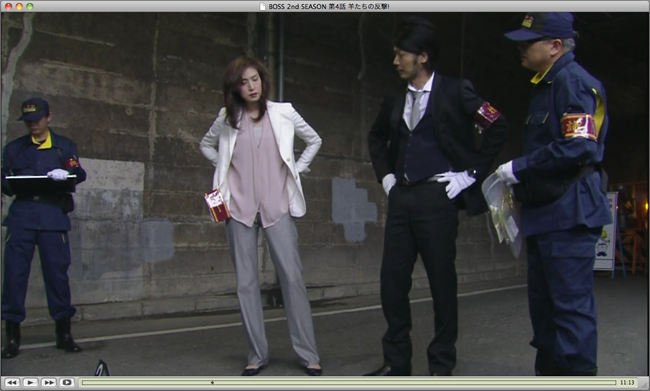
Japanese Dorama (drama)? Check. Studying Japanese? Also check. One of the most addicting things in the world is Japanese drama. If I needed to quit cocaine or something like that, this is what I’d use to kick it. Oh, and Japanese drama is a pretty excellent way to study Japanese. Watching it is one thing… but actually actively studying it is another. I will tell you exactly how to do that and get a ton of benefit compared to the time spent.
Kind Of Not For Beginners
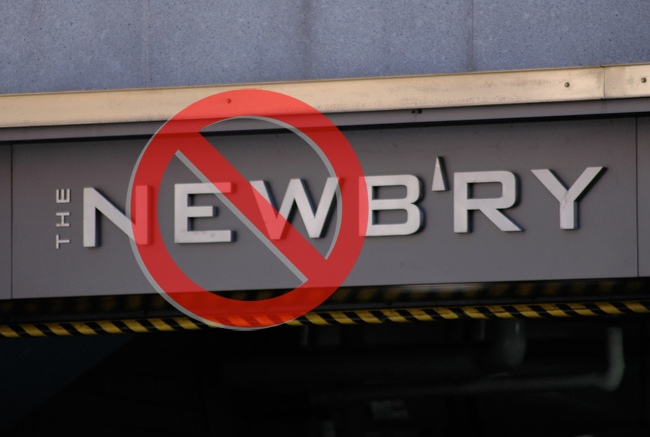
Beginners of Japanese, I’m sorry, this method isn’t amazing for you. It’s better than the “Learning Japanese With Subtitles” article I did a few weeks ago, but it’s still not amazing. That being said, if you watch a lot of jdorama anyways, it wouldn’t hurt for beginners to try this out. I’m just saying there’s probably some things you could spend your time on that would be better for you at your current level … I’m not saying this method won’t be beneficial to all levels (just much more beneficial to intermediate / advanced students of Japanese). There are a few reasons for this:
- Intermediate+ students will have an easier time with the kanji (an important part of this process)
- Intermediate+ students will have the grammar foundation that will allow them to look up things they don’t know (and then make sense of them).
- Intermediate+ students should be able to recognize and avoid gendered language / things they shouldn’t actually need to learn (as well as avoid learning how to talk like a girl / boy or something).
- Intermediate+ students will know when someone is speaking unrealistically in the drama so they won’t end up speaking like that when they try what they’ve learned out in the real world.
Anyways, are you ready? I’m going to start at the beginning and work my way through how you might use a single episode of some Japanese drama to learn a lot of Japanese… and a whole ton of it, too. I’m kind of baffled by how well this works. Thank you internets for making it possible.
Step 1: Choose The Right Drama
I can’t really go into a whole lot of detail on how to acquire the drama… but I can tell you what drama to watch. It’s actually kind of important for this, because not all drama will allow you to follow the steps I’m laying out here. Why is that? Because we’re starting with a (Japanese) transcript of the drama first, and not all dramas have this readily available to the world.
There’s a pretty incredible website called どらま・のーと (Drama Note) where someone (or some people?) are transcribing Japanese drama episodes. The site’s all in Japanese (I’ll help make some sense of it in a moment) and it’s even doing current drama series (like right now Jin 2 and BOSS 2 are the ones getting the most attention, it seems).
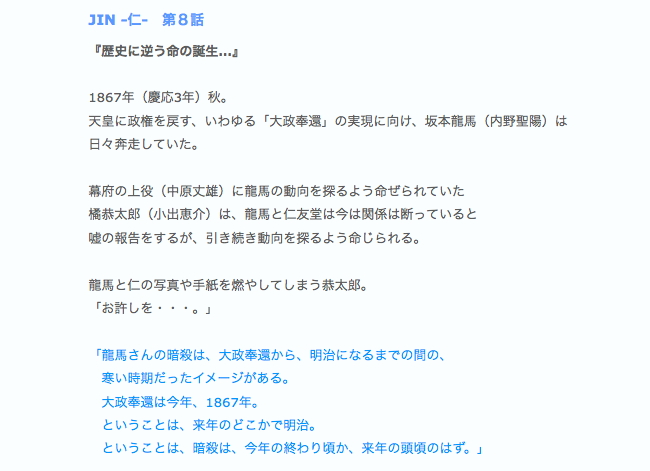
There’s also a list of previous drama that have been transcribed over here, but the most current stuff is on the main DramaNote website.
Things aren’t particularly well organized, I’d say, so I’m going to keep it pretty simple. I’d use the search feature to try and find what you’re looking for, or take a look at the どらま・のーと(旧) page and see if what you want is on the list. Not every drama is up there, of course, but there’s enough to keep any Japanese student busy for a really really long time. Here’s a list of some of the more popular dramas, at least in my mind (though this guide will mostly focus on BOSS, to keep things simple).
BOSS: http://www.dramanote.com/category/7359462-1.html
Jin: http://www.dramanote.com/category/7359471-1.html
Buzzer Beat: http://www.dramanote.com/category/7359468-1.html
Rookies: http://www.dramanote.com/category/7359431-1.html
Hana Yori Dango: http://www.dramanote.com/category/7359277-1.html
Hana Yori Dango 2: http://www.dramanote.com/category/7359431-1.html
Densha Otoko: http://www.dramanote.com/category/7359260-1.html
Gokusen: http://www.dramanote.com/category/7359231-1.html
Pretty nice list, I’d say. One thing that might be confusing is how it lists out episodes. I spent a long time trying to figure out why Boss Episode 1 wasn’t doing what was written in the transcript. Then I realized I was on the wrong season. For example, if you go to the BOSS posts page, you’ll need to go back to the first page to get to Season 1 episode 1 – the ones on the most recent page are from Season 2.
The rest of this guide is going to pretend like you’re watching BOSS, though you can follow along pretty much the same way with any of the other dramas listed above too.
So, if you want to follow along on the live site, you’ll want to go to the BOSS Season 1 Episode 1 page on どらま・のーと.
BOSS Season 1 Episode 1

If you take a look at the Season 1 Episode 1 Page, you’ll see the transcript for that episodes. There’s little notes in there from time to time, but as long as you’re not a total beginner in Japanese you can find where the talking starts. Before getting started, though, I’d recommend downloading Evernote (it’s where I keep all my drama notes, so I can access them anywhere). You can see my Evernote has a 日本語 section where I put these (and other study stuff).
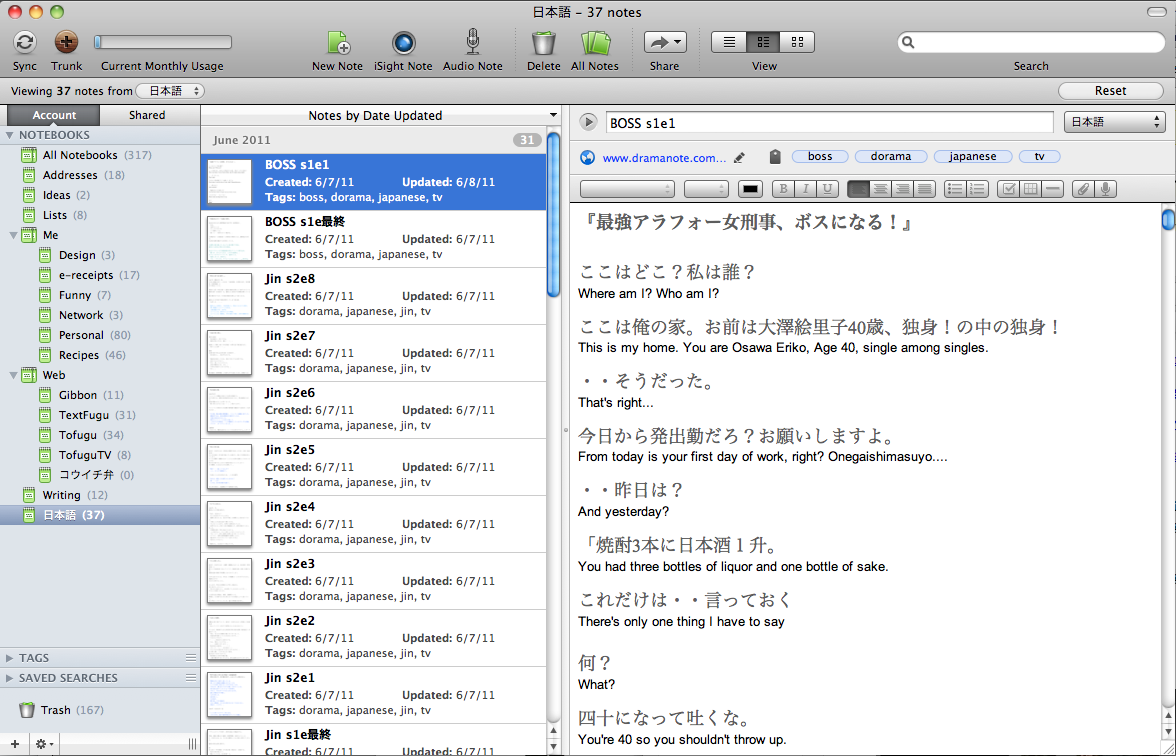
Right now all you can see is Jin and BOSS, because I copied over a ton of the どらま・のーと pages so I’d have access to them for later. Above is my notes for BOSS Season 1 Episode 1 (which is what we’re talking about here). For this guide, all you need to do is copy over the first episode’s content, though.
どらま・のーと doesn’t have the English translation (the image above has my own notes in it), and it doesn’t have times or anything else. All that is up to you (and I think it’s good practice).
Now, once you have the notes copied over, the next step involves some of the actually studying stuff, though how you do it differs depending on if you have English subtitles or not in the version of BOSS you downloaded, er, purchased.
Subtitles Vs. No Subtitles
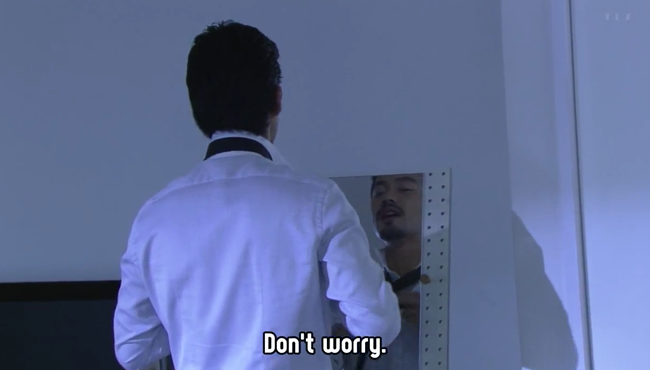
I’m not going to say one is better than the other, necessarily. I think they both have their benefits and drawbacks. Let me list them out for you:
Subtitles
- Allows you to get through a lot more content more quickly (so you can study more content, but not as intensely)
- Doesn’t give you the opportunity to translate and figure stuff out on your own (which can be a great way to learn)
- Most subtitles, especially fansubs have a good number of mistakes in them, so you should be aware of that possibility.
No Subtitles
- Probably won’t be able to study as much in one sitting (though this depends on your level).
- Will have things you just won’t understand the meaning of (and will have to get someone to help you, which slows you down a bit).
- Overall probably a higher level, so +1 for advanced students and maybe +0 or -1 for intermediate students. Like I said, though, totally depends on you.
I don’t really care which one you choose, I think both can be good. The key, as always, is consistent study over a long period of time, so no matter which one you end up working with, as long as you do it every day you’ll make lots of progress, and that progress will grow exponentially over time.
Step 2: Notes + Dorama
The next step requires you to set your computer up so you can see both the notes and the video (in this guide’s case, BOSS Season 1 Episode 1). Here’s a look at an example setup. Pretty standard. Click on it to make it bigger.
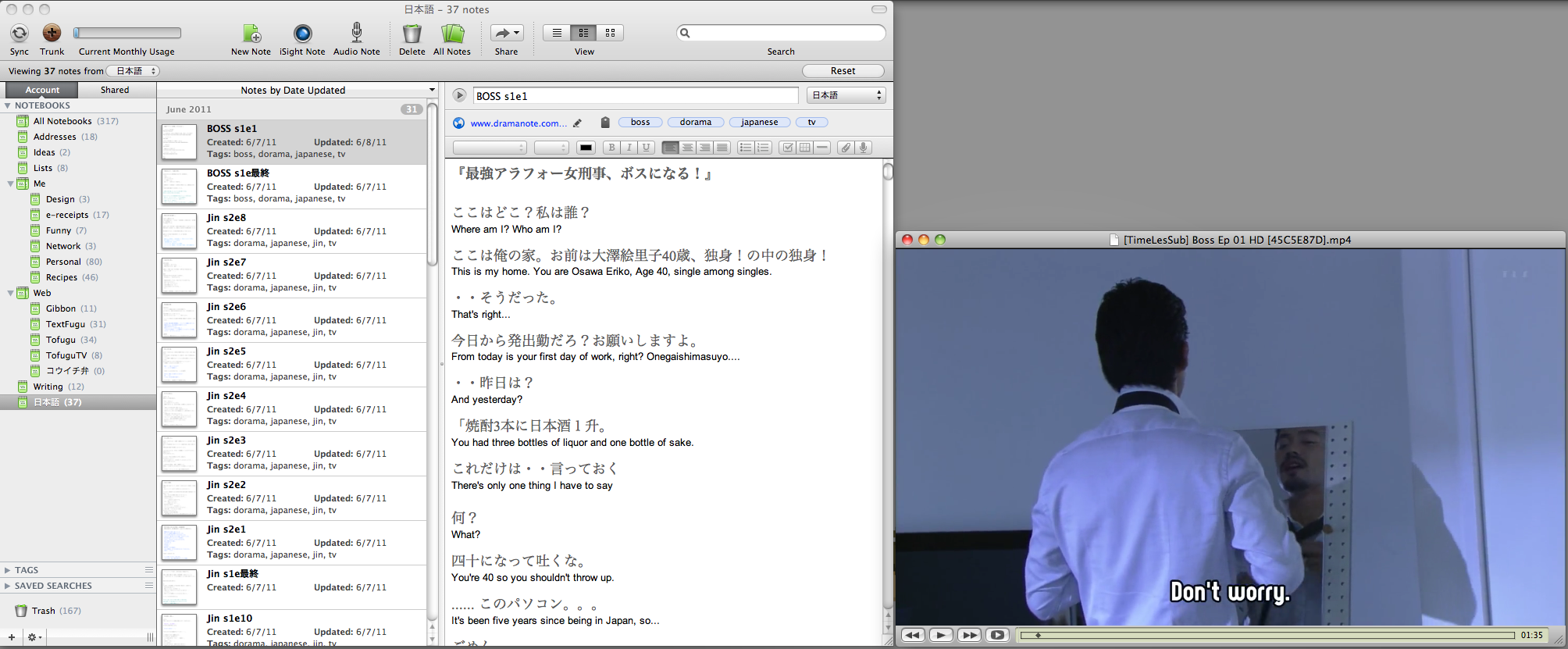
On one side I have my notes (in Evernote) and the other side I have the drama playing. This version of the video happens to have subtitles, so we’ll go through that way. If your video doesn’t have subtitles (or you want to cover them, which is totally good too) you can follow pretty much the same steps, except you’ll have to look up grammar you don’t understand.
As the episode plays, you just follow along, writing the translations in. I’d recommend doing around 10 pieces of dialog at a time. Once you have the translations for all the sentences written down, move on to the next step (don’t worry, the speaking part comes after!).
Step 3: Vocab
Most likely, there’s going to be some vocab that you don’t understand or know yet (if there wasn’t any, then maybe you don’t need to study so much!). My favorite way to study vocabulary is Anki, though you can use whatever you’d like. After you’ve gotten your 10 dialog translations written down, go through and pick out the words you don’t know / don’t know really well, then put them into your flashcard program of choice. Just the act of putting your own words in is good study on its own, and of course you’ll use the flashcard program to study them over time, as well.
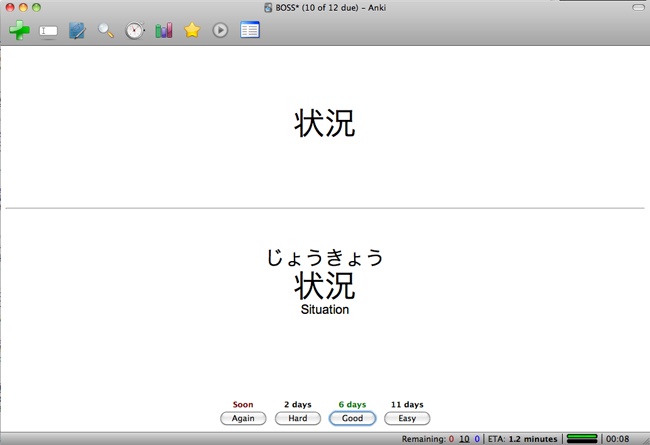
After you’ve put the words you don’t know into your flash card program, go through them once to help learn them a bit before moving on to the next step (which will also help you to learn them).
Step 4: Practicing Then Shadowing
The next step is actually two steps. First, you’ll want to go through your Japanese notes and make sure you can read everything. Maybe you won’t be able to (as in, going through your flashcard deck once wasn’t enough… that’s normal), so you’ll have to make sure that you can. Go through line by line and learn how to read everything – once you can read your 10 lines at a decent speed, then you can move on to shadowing, which involves using the video too.
For watching the dramas in this part, I’d recommend VLC. It plays pretty much anything, and it also has a neat little feature that helps a lot with this part. I’m sure it’s something similar on the PC / Linux, but if you hit ALT + COMMAND + ←, it’ll jump back in the video by 10 seconds. That’s perfect for studying a short bit of the video over and over again (until you can do it naturally right along with the video).
Anyways, for this step, you’ll play the video, and just try to speak along with the speaking characters. You’ll try to mimic their accent, and you’ll try to keep up with them in speed (this is why you do a little pre-study beforehand, so it’s easier to get up to their speed more quickly). Approximately ten seconds at a time, you’ll shadow the same bit over and over again, until you feel like you’re really really similar (or exactly the same) as what’s going on in your drama.
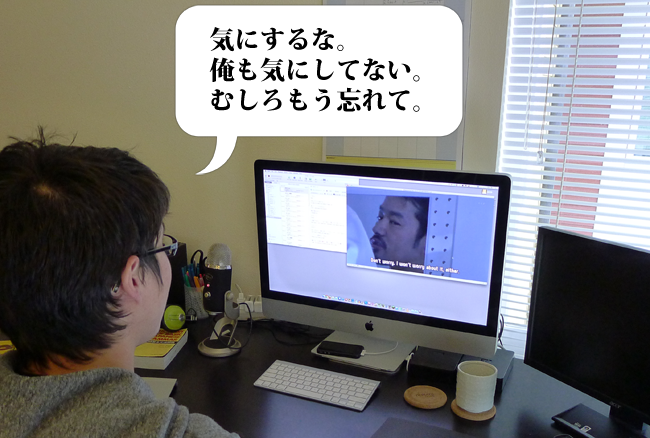
Now, this is where a little bit of knowledge comes in handy… people don’t always talk like normal people, so knowing a little bit of Japanese beforehand will help you to avoid studying terrible speech in such detail. Drama’s going to be a little better about this than anime, but that doesn’t mean you won’t run into a weirdo or two on whatever you’re watching. You’ve been warned!
After you’ve gotten the first ten seconds down pat, move on to the next ten seconds, and so on, until you’ve finished your first ten (or so) lines of dialog. Then, it’s repeat and review time!
Step 5: Repeat & Review
There has to be a bit of a mix between repeating and reviewing to make this study method really powerful. If you only study and never review, you won’t learn new words and you just won’t get as much out of it. Sure, review takes up some of your time you could be studying new things, but overall I think it’s definitely way worth it.
Here’s kind of what I’d recommend:
- Make sure you study your vocab deck every day (Anki will tell you what you need to study and what you don’t need to study, so this is easy).
- Go through everything you’ve done in the past once via your Evernote notes (read everything there, you don’t necessarily have to do it with the video every time, because that will get really long after a while.
- Since you’re studying in blocks (as in 10 dialog points) you can mark sections off as “memorized” after a while. Once you’ve come to the point where you’ve memorized a block of dialog, you can probably skip that one and not review it anymore (or as much).
- Color code things giving you trouble so you know to either look them up or study them more (i.e. use them in your Lang-8 journal entries for practice, or something). Review and work on these things more than things not giving you trouble (the point is to learn new things, after all).
- Always try to mix in some new stuff too (as in, add 10 lines of dialog every day… or 20 lines, or 30 lines, or whatever you think you can handle while still doing your reviews).
- Spend some time with each line of dialog and try to replace certain parts of it to make your own (different) sentences. This will help you to not get stuck on only what is said in the dramas you’re watching.
The main thing, though, is to study consistently. I’m always harping on this, but it’s the most important thing of all. Do this everyday (or do something else every day) and you’ll get good, no problem. It’s the consistency that counts, not the 12 hour cram-fests one day a week.
I hope you enjoyed this guide, and I hope it helps a lot of you too! I think it’s a pretty good strategy, and a pretty good way to practice and learn a lot, while still enjoying yourself! So… what drama will you start with?
P.S. You should Follow Tofugu on Twitter.
P.P.S. You should Like Tofugu on Facebook
Just Added! Using Microphones
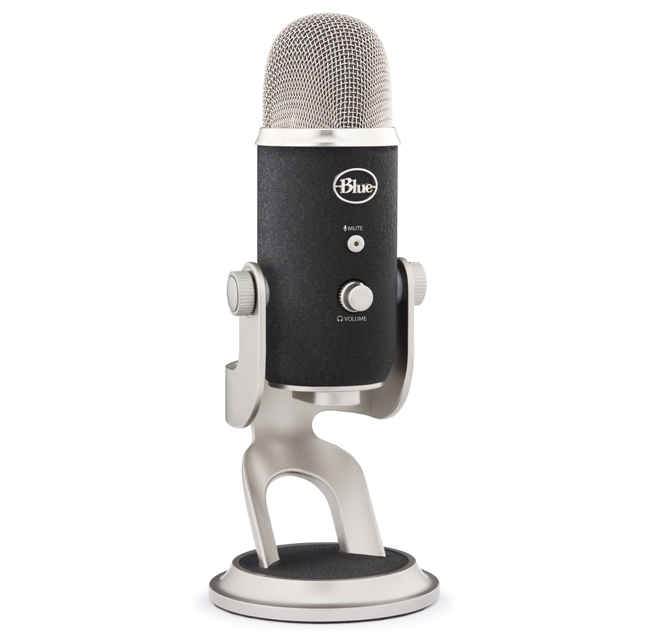
One thing I find particularly good for this is my microphone (there’s a less expensive version of this microphone that should do the same thing as what I’m about to describe below, though). These USB Yeti Microphones (and I’m sure plenty of other microphones I don’t know about) have an audio jack in them that lets you hook your headphones in and get zero latency headphone output. That means when you speak into the microphone, you can hear what the microphone is picking up (i.e. your voice) without any lag or delay. There’s just something great (and helpful) about listening to yourself as you’re speaking. It’s much different than just hearing yourself normally (which I think is pretty skewed, in general).
By plugging in a microphone like this while you do the shadowing portion of this guide, you can hear yourself, hear the audio from the video, and then really be able to compare and fix your accent more effectively. You’re speaking, but it’s like you’re hearing someone else. Totally different experience, in my opinion, and will help you to get your pitch, accent, and so on a lot better.
If you do this, you’ll just need to get a microphone with a good audio output. You’ll also want to make sure they’re zero-latency (because latency will throw you off, big time). I like Blue’s microphones, though to be honest that’s all I’ve ever used, so I’m sure there are others just as good out there. Starting to get super tech savvy, aye?
